Copyright 2013 by Donald R. Schneck. All rights reserved.
Printed in the United States of America.
Library of Congress Cataloging-in-Publication Data
Schneck, Ralph H., 1919-
Cheerio and best wishes : letters from a World War II Hoosier pilot / Ralph H. Schneck and Donald R. Schneck.
p. cm.
Includes bibliographical references and index.
ISBN 978-1-55753-640-2 (pbk. : alk. paper) 1. Schneck, Ralph H., 1919---Correspondence. 2. United States. Army Air Forces--Biography. 3. World War, 1939-1945--Aerial operations, American. 4. World War, 1939-1945--Personal narratives, American. 5. Air pilots, Military--United States--Biography. 6. Posey County (Ind.)--Biography. I. Schneck, Donald R. II. Title.
D790.2.S36 2013
940.544973092--dc23
[B]
2012029106
PREFACE
______________________

______________________
I n 2010, my ninety-year-old father, Ralph Schneck, was living at the Air Force Village in San Antonio, Texas, occupying the same house he and my mother, Norma, had moved into when he retired. It had been about ten years since she passed away, and the house had become too much for him. Ralph asked me to come down and help him select a new place in the high-rise apartment building that is part of the village. He also wanted me to take home most of the family heirlooms.
I arrived with a rental truck and spent the week looking at apartments and packing furniture, china, crystal, and some personal belongings. After two days of searching, he finally settled on the right apartment and selected a date for the big move. The village would provide the movers and a hotel-styled room for him to stay in while they moved everything and set it up.
The last two days were spent going through odds and ends and packing the truck. On the last day, as I was about to finish up, Ralph stepped out of the house and said, Hey, dont forget these two boxes. I went back in to take a look. I had never seen the two boxes before, but I scooped them up and set them in the back of the truck. They were heavy-duty document boxes with separate lids. Scrolled on the side of each lid, in dark marker, was the word genealogy. I opened one box to find an old family Bible, a couple of photo albums, and a few framed photographs. Satisfied, I put the lid back on and didnt give the two boxes another thought.
When I arrived back in Ohio and unpacked the truck, I set the boxes aside until I was finished. Because I was not interested in genealogy at the time, they held little interest, so I took them to the basement, found an empty shelf, and parked them.
Later in the year, my wife and I decided to take our own retirement to another level and move to West Lafayette, Indiana, my adopted hometown. Our real estate agent told us that we needed to de-clutter and get rid of some things, or at least move them out of sight. The easiest to hide were books and other items that we could pre-pack. I boxed some of these up and moved them to a storage unit not far away.
When I ran across the two genealogy boxes, I decided it would be best to repack them into standard moving boxes. With the first box repacked, I turned my attention to the second box and was totally surprised. Apparently, Ralph had repurposed a box without relabeling it, for it contained memorabilia from his military career. I carefully began unpacking the box. Some of the items I had seen before, but most were new to me. In the bottom, I found a couple of smaller boxes that contained bundles of letters, neatly tied with twine and separated by year. Upon closer inspection, I realized they were letters Ralph had written during World War II... one hundred and thirty-eight letters, along with numerous newspaper clippings, theater programs, and a few photographs, all bundled together. I started reading...
Even though I grew up in the US Air Force, my view of World War II bomber pilots was defined mostly by Hollywood and Milton Caniffs Steve , with their headphones perched on top of their head, barking orders and making airplanes do things they were not designed for; pilots that flew all day, every day, and partied every night; pilots who never got tired and lived a happy-go-lucky life. I never gave much thought to the training they went through or how they got to the war front. I did not know what they did in their spare time or even if they had any. What unfolded as I read the letters was a completely different view. So different, that I thought it was important to tell the story.

S ome obstacles emerged while transcribing the letters. The first was that writing paper was sometimes hard for soldiers to find. As a result, some letters have only one paragraph, starting at the top of the first page and continuing to the very end of the last page. Little effort was made to set up paragraphs. This is especially true of the V-mail letters.
Another problem, perhaps more troublesome, was that almost all of the letters were written with a fountain pen. The single tap of the pen that may have formed a period or comma did not always leave any ink. Consequently, it appears there are a lot of run-on sentences.
Lastly, Ralphs spelling and use of capital letters reflects his educational background at the time. It is obvious that he did not have a lot of experience writing essays. The reason is easy to understand. Ralph and his high school classmates, all eleven of them, would have written their essays in the evenings, by the light of a kerosene lanternan arduous task that may have been of little value at the time.
As I transcribed the letters, I did some interpretation, placing some periods where they belonged and adding paragraph indentation where Ralph obviously intended for one to appear. These places were easy to spota little extra space between sentences or starting a new line when there was room on the previous line. These modifications were only implemented to make the letters easier to read. Ralph sometimes highlighted his writing by underlining certain words or sentences. During the editing process, I converted the underlines to italics in keeping with modern printing practices. Beyond that, they were transcribed exactly as they were written, complete with misspelled words, bad punctuation, and colloquial grammar.


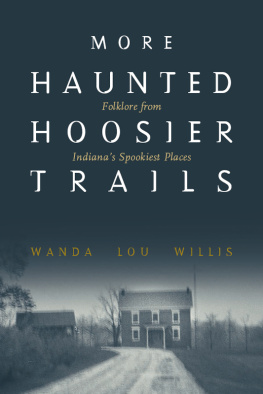
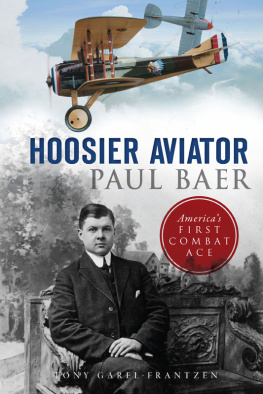
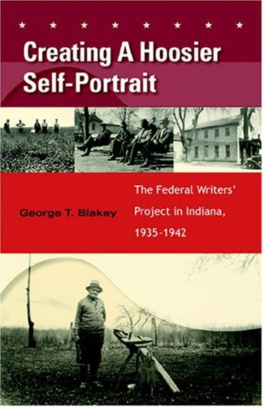
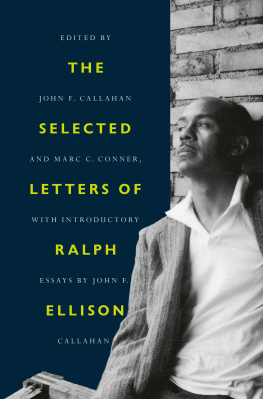
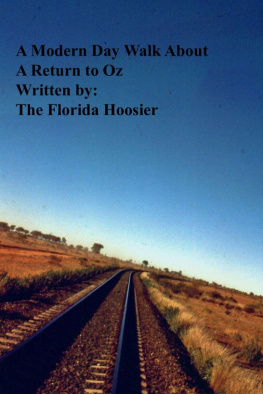
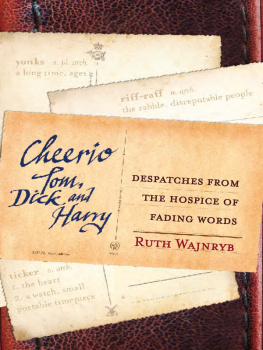



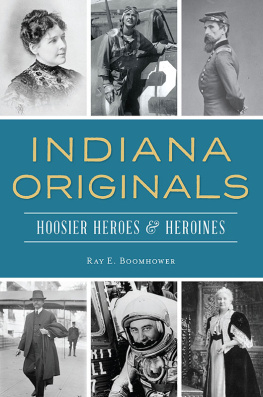


 ______________________
______________________
 ______________________
______________________ West Lafayette, Indiana
West Lafayette, Indiana ______________________
______________________ ______________________
______________________